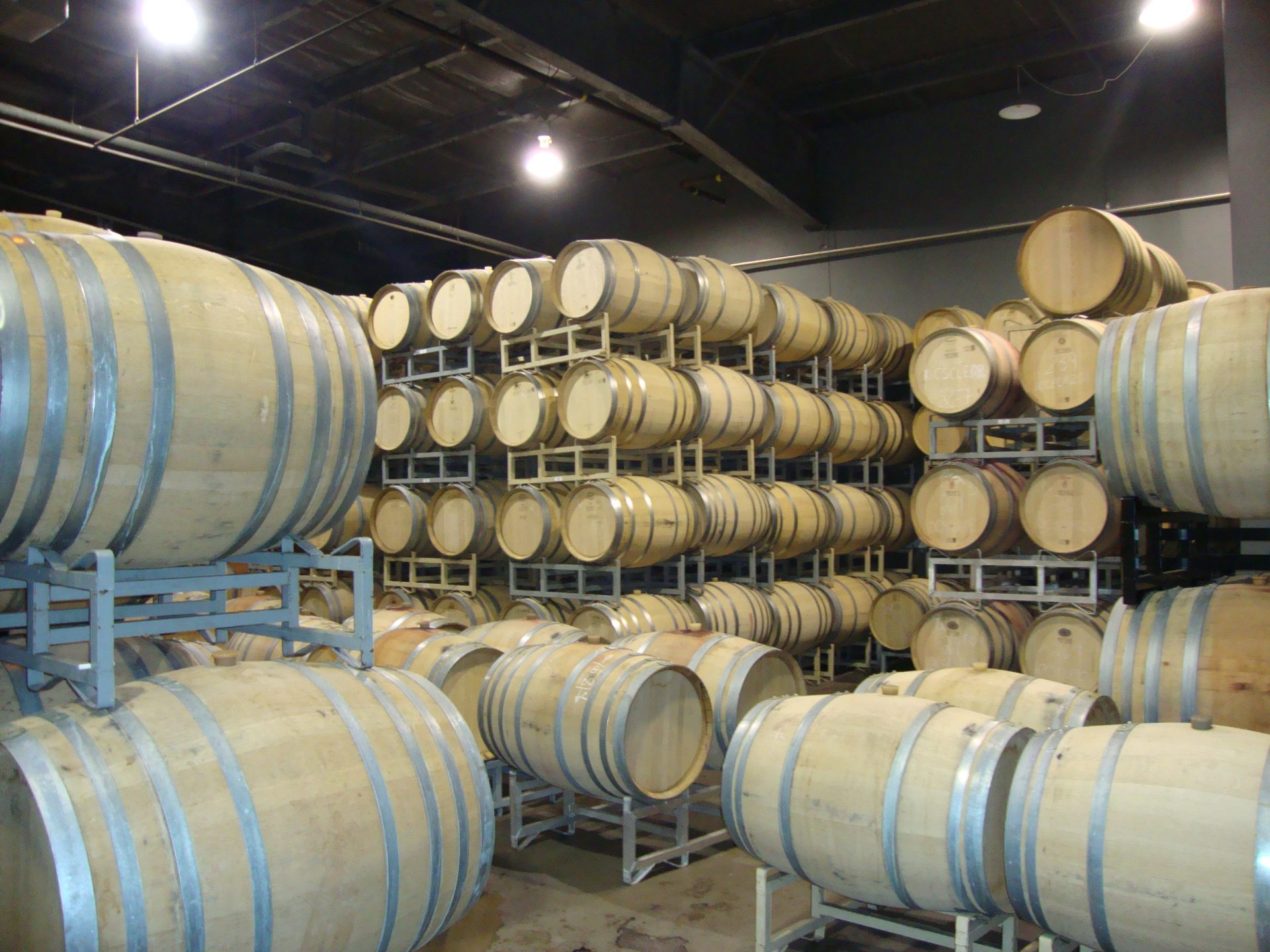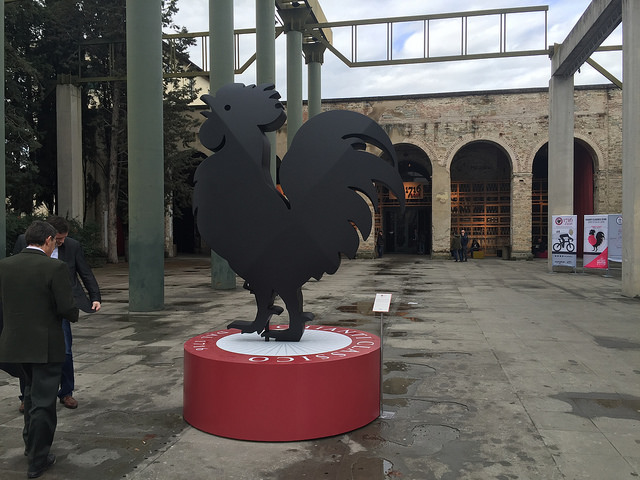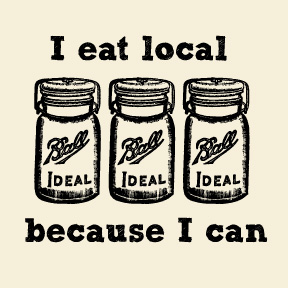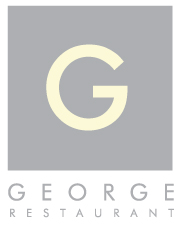By Kylie Meyermann
On September 10, the LCBO is launching their goLOCAL Collection. For an entire month, the LCBO is providing their customers with the opportunity to discover their favourite Ontario wine. I recently spent a day in Niagara, touring some of the participating wineries, tasting some great wines and learning about the push to get LCBO customers to “goLocal”.
With 128 products to choose from, there are plenty of options for any wine lover looking for a new show-stopping sipper.
Malivore‘s Gamay Collection cleaned up at the Ontario Wine Awards, winning bronze, silver and gold for the Gamay competition. Five years later, Creekside‘s 2007 Pinot Noir Rose is still going strong with an intoxicating ripe strawberry nose. Trius‘s Sparkling Brut is already the best selling VQA sparkling wine.
Wine Country Ontario, which is a co-sponsor of the marketing push, is doing some amazing things, pushing the boundaries of what’s expected of a New World, Cool Climate wine region. While all the while, news is preoccupied with what’s new and exciting in VQA wine, I think that it is equally as important for Ontarians to remember how far we have come since that first plot of Ontario vines.
Hillebrand Winery is located in the heart of Ontario wine country in Niagara-on-the-Lake. The winery, which produces some 30,000 cases of wine for a single vintage, opened its cellar doors over 30 years ago. For three decades, the team at Hillebrand have been able to successfully manage 183 acres of land while consistently producing a product that has never substituted quality for quantity. With a substantially larger margin for error than the neighbouring boutique wineries, Hillebrand still manages to produce a vibrant and refreshing series of wines for all facets of the Hillebrand Series.
Now, I know what many of you are thinking. 183 acres of vines laden with large bunches of grapes usually produce inexpensive, simple dry wines. I thought the same thing, until I visited the Hillebrand Cellar and saw first-hand the drastic (and expensive) measures Hillebrand is taking to guarantee that their wines are anything but understated.

The Nomblot Egg nesting in the Hillebrand Cellar.
In the photo above, I introduce to you, The Nomblot Egg. A stainless steel tank embedded in a clay egg, the oval shape of the tank allows carbon dioxide to continuously circulate within the egg enabling the lees more contact with a larger volume of wine, unlike a barrel which constricts the flow of carbon dioxide creating a stagnant environment for lees.
The Egg was first introduced by French vatmaker Marc Nomblot in 2001 has been written about in Time Magazine and adopted across the world by forward thinking winemakers. It’s an expensive gadget for a winery that is offering its house wine to customers for under $10.00 at the LCBO.
While on a wine tour at the Hillebrand Estate, Vineland Estates wine maker, Brian Schmidt openly congratulated the Hillebrand team for doing the impossible. “To make 20,000 to 30,000 cases of wine and never, ever substitute quality of quantity is a feat worth congratulating.”
While I applaud wine drinkers for exploring and experimenting their palates by trying new wineries and tasting exotic varietals, we should also remember to celebrate our heritage. Next time you are at the LCBO consider a bottle of wine made by one of these classic Niagara wine houses, like Hillebrand’s sister winery, Peller Estates, who produced 50,000 cases of their 2010 Family Series, has been on Niagara-on-the-Lake since 1969. Or their neighbour, Jackson Triggs, another winery who has helped forge the glowing reputation of Ontario wine land. For 30 years and counting, the winery has helped pioneer the Ontario wine scene, ensuring there are VQA wines for every budget and taste.
 Kylie Meyermann is a writer for Good Food Revolution and works for Chef Jamie Kennedy. Follow her on Twitter at @KyliesWines.
Kylie Meyermann is a writer for Good Food Revolution and works for Chef Jamie Kennedy. Follow her on Twitter at @KyliesWines.










